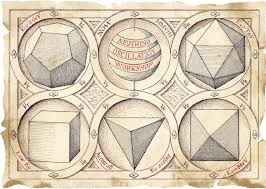Actually I put a brief post times ago about what is the core of Ph.D. studies, which is well summarised by the picture below:
The Figure and the idea is by Matt Might whose blog is a nice reading experience (here the full story).
Recently, I discover that my colleague Davide Geneletti usually provides his students with a set of links of useful readings. In my best tradition of robber I post them here below with some addition, since I found them quite informative. They comes from authors from various disciplines and roles, but their contents are of quite general interest. So here it is the list:
- Useful Things to Know About Ph. D. Thesis Research, by H.T. Kung
- What makes a good research question ? (by Yee row Lee)
- Developing and submitting a research proposal (by Nelleke Bak)
- Technicalities and less trivial things about preparing a Thesis that can be useful (D.G. Rossiter)
Last but not least he suggest the reading of the book which I found amusing:
that more or less complete the picture. I would not avoid also to give a look to these "slides offering advice that is wickedly and memorably to the point"
The web is full of other good link and you can certainly find your favorite web site or blog. A suggestion do not hesitate too much on this stuff: eventually you have a Ph.D to pursue ;-)
The web is full of other good link and you can certainly find your favorite web site or blog. A suggestion do not hesitate too much on this stuff: eventually you have a Ph.D to pursue ;-)






